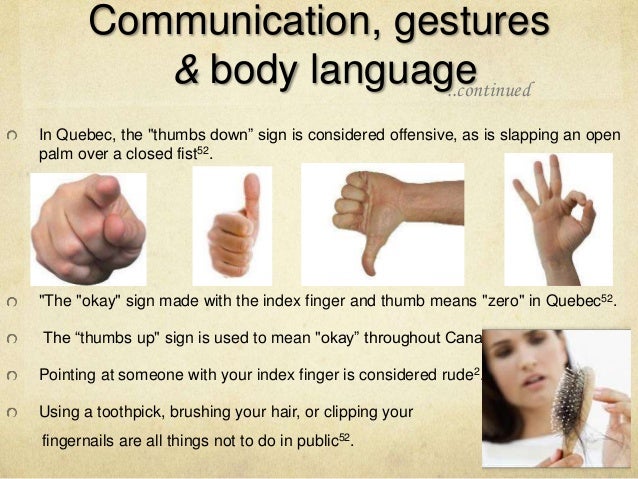Difference Between Closed And Open Hi Hat
Aug 22, 2011 Beginner Opening-Closing Hi-Hats Drumeo. Unsubscribe from Drumeo? Learn the basics about how to open and close the hi-hats in this video drum lesson.

At the risk of covering something you may already know well, let's take a detour and be clear about what crash and ride cymbals are and how they are different. Then the explanation of what a crash/ride is will make more sense.There are three main characteristics that determine most of a cymbal's sound: size (diameter), weight (thickness), and profile (the shape when seen from the side). As described in, here's how those three interact (here's ):.

Thicker cymbals are louder, have longer sustain, and a higher pitch, but respond more slowly when played. Thinner cymbals are the opposite. Larger cymbals are also louder, have longer sustain, have fewer overtones, a lower pitch, and also respond more slowly. Smaller cymbals are the opposite. Higher profile cymbals (taller with more bell) have a higher pitch and brighter sound (more overtones) - plus they have a more playable bell area, of course.
Lower profile cymbals are the opposite.For a crash cymbal, we usually want a specific balance of pitch and sustain, and we don't often play the bell area of a crash. We also want a crash to usually respond quickly and be somewhat durable. Ideally we would have a few different crashes to choose from for different purposes, and even basic rock drumming is best done with at least two crashes of different pitch for contrast when two crash hits are played close to each other.For a ride, we usually want a lot more character, longer sustain, a more focused pitch, a slower response, and likely a playable bell.
For me personally, a cymbal without a playable bell will never do as a ride cymbal.With that in mind, we can easily see that the idea of building one cymbal to do both crash and ride duty will be a challenge at best. A crash/ride will never crash like a real crash and never ride like a real ride. Many that I've seen do not have playable bells or have very poor bell sounds, so for me they are non-starters as rides and they are just bad crashes. So, why would we ever want a crash/ride? Here are a few reasons:. If you're just trying to have the most minimal kit possible or spend as little as possible, a crash/ride can do double duty in some ways (but may leave you wanting if it's all you have).
If you want to bridge the gap between your biggest crash and your smallest ride. If you want a very short ride or a very long crash (similar to the reason above).If you want a 22' ride, a 22' crash/ride probably won't make you happy.
Difference Between Closed And Open Hi Hat Technique
If you want something different and don't want a china, splash, or exotic cymbal, a crash/ride might be something to add to your kit. For many years I had a set with a fairly small fast crash, a large ride with a big bell, and a medium-size crash-ride.

That worked really well. When played as a ride, I would liken the difference between the full ride and the crash/ride as similar to a tightly closed hi-hat and a slightly open one. Moving back and forth was useful, and you can play rhythms on the ride and crash/ride for some complex sounds. When hit real hard like a crash, the crash/ride still gave a nice loud sound that worked well at the start of measures.–Feb 2 '16 at 20:17.